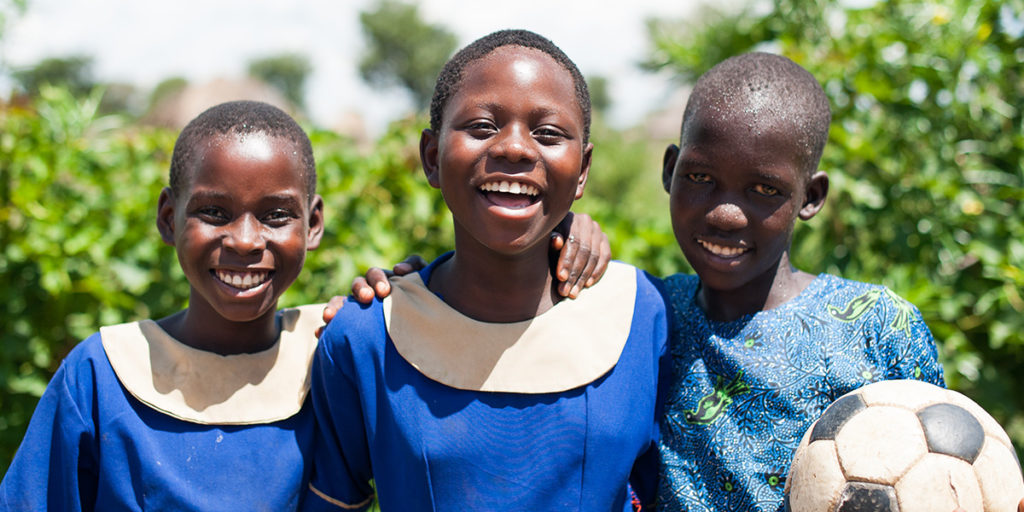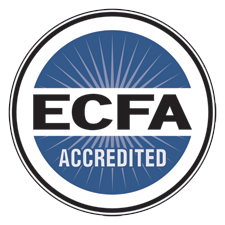Whether it’s playing a sport, mastering an instrument, or simply swinging on a playground, participating in arts and recreational activities is an essential part of childhood and adolescence. Through arts and recreation, children learn new ways to express themselves, gain confidence and perseverance, and develop healthy lifestyles.
In fact, according to the United Nations, arts and recreation are considered every child’s birth right. Article 31 of The UN Convention on the Rights of the Child states that:
“Every child has the right to engage in play and recreational activities appropriate to the age of the child and to participate freely in cultural life and the arts.”
Unfortunately, this birthright is often challenged by circumstances including but not limited to child labor, neighborhood violence, and a lack of resources available to children living in poverty. At Children’s HopeChest, we are committed to helping communities identify how they can use arts and recreational activities to facilitate income generation, mentorship opportunities, and healthy relationships.
Although we often start by meeting a community’s critical needs, we believe arts and recreation can be key components in the transformation of a child, and can help a community transition from surviving to thriving. So, below are three examples of how arts and recreation can impact a child’s life.
3 Ways Arts and Recreation Can Impact a Child’s Life:
1. They help the cognitive and emotional development of children and youth
In addition to the fun, arts and recreation are vital to a young brain’s cognitive and emotional development. According to the American Academy of Pediatrics, play allows children to use their creativity while developing their imagination, as well as their cognitive and emotional strength.
That’s why Shashemene Betale CarePoint, pictured below, meets twice a week to facilitate games of soccer, table tennis, handball, seesaw, and other recreational activities. A leadership member from the CarePoint says, “Play is important for children because it fosters imagination and creativity, promotes cognitive growth, provides emotional and behavioral benefits, and encourages greater independence.”
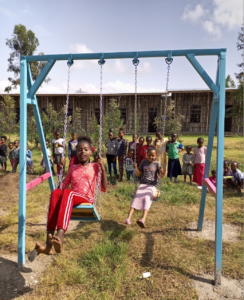
2. They support the social well-being of children and youth
Arts and recreation are a huge part of children and adolescents’ social development. They also impact the social development of a community. Arts and recreation can bring communities together, and can even serve as a bridge across cultures. Participating in arts and recreation also gives youth a positive outlet to spend their time doing while parents are at work.
Iglesia Belen CarePoint is a great example of this. They held weekly music classes to provide a safe space for children to develop instrumental skills. The program also reduced the risk for the children to get involved in drugs, gangs, and other dangerous activities.
This CarePoint community is located near Guatemala City and is filled with drugs, gangs, delinquency, extortions, human trafficking, and prostitution. Many parents are out of their homes working all day, so the children tend to be outside until their parents return. They have a lot of spare time after school so these situations are a hazard for the youth of this neighborhood. For this reason, many children between 11 to 15 are recruited by the gangs and used to sell drugs for the drug cartels around the area.
Being a part of a music training program taught youth meaningful skills and ways to express themselves that will be educational and healthier than other ways they could be spending their time.
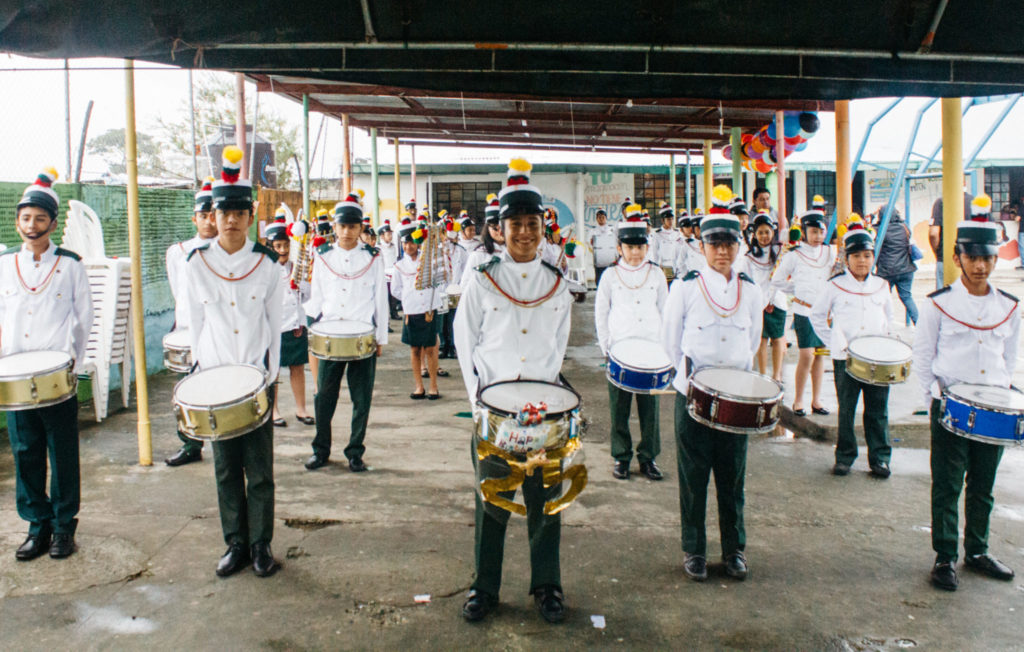
3. They can serve as an income-generating activity
In some cases, participating in arts or recreational activities can even generate income! A great example of this is the Music, Dancing, and Drum group at Katuba CarePoint. This group is hired to perform at functions such as weddings and parties, and even trains other schools to do the same—particularly during annual Music, Dance, and Drum competitions. Income-generating programs like these help break the cycle of poverty that individuals fall into through performing within circles of psychological and emotional support.
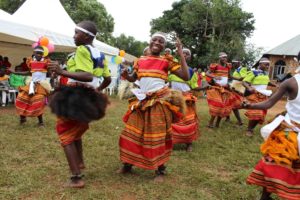
Helping every child thrive
At many of our CarePoints, it is necessary to begin the partnership by focusing on their critical needs. However, when they begin to develop in areas such as arts and recreation, we begin to see lives transition from surviving to thriving and ultimately succeeding in life. HopeChest’s in-country staff does an extraordinary job of helping children to recognize and cultivate their talents and passions.
Arts and recreation is one of Children’s HopeChest’s 12 Areas of Transformation. We’re grateful for those who partner with us and support us in this process. We want everyone to experience the joy of watching children and communities be transformed! Learn more or give to a specific project that supports this particular area of transformation!

